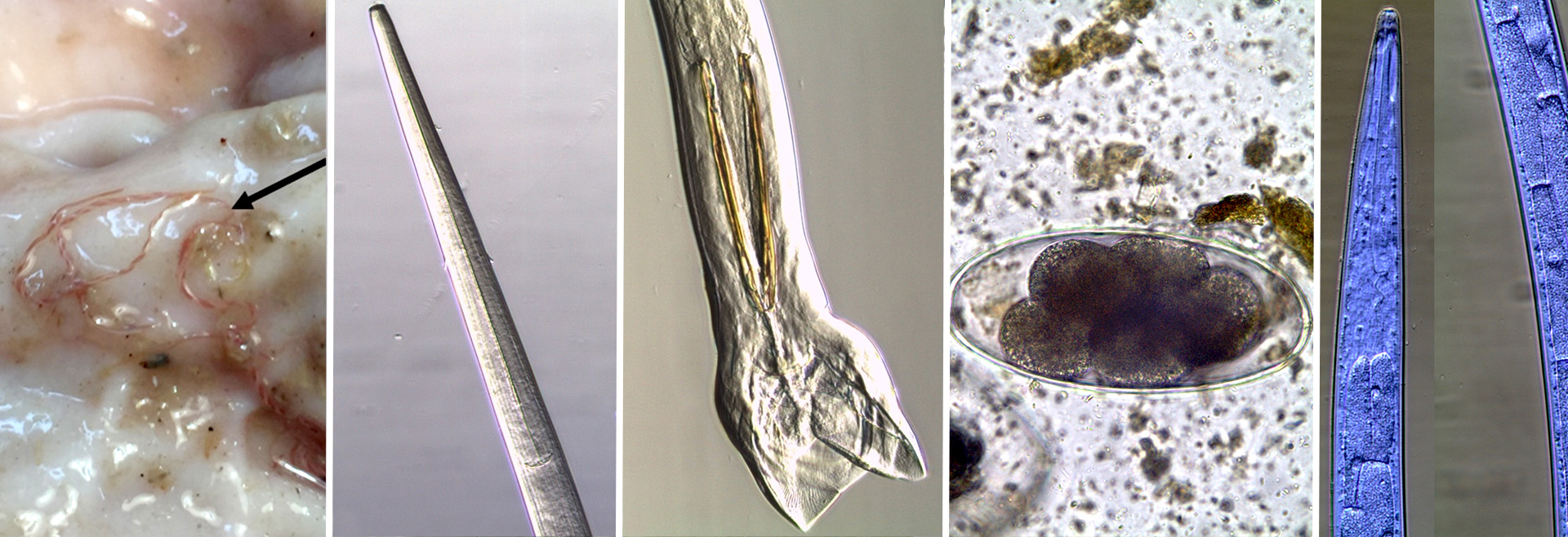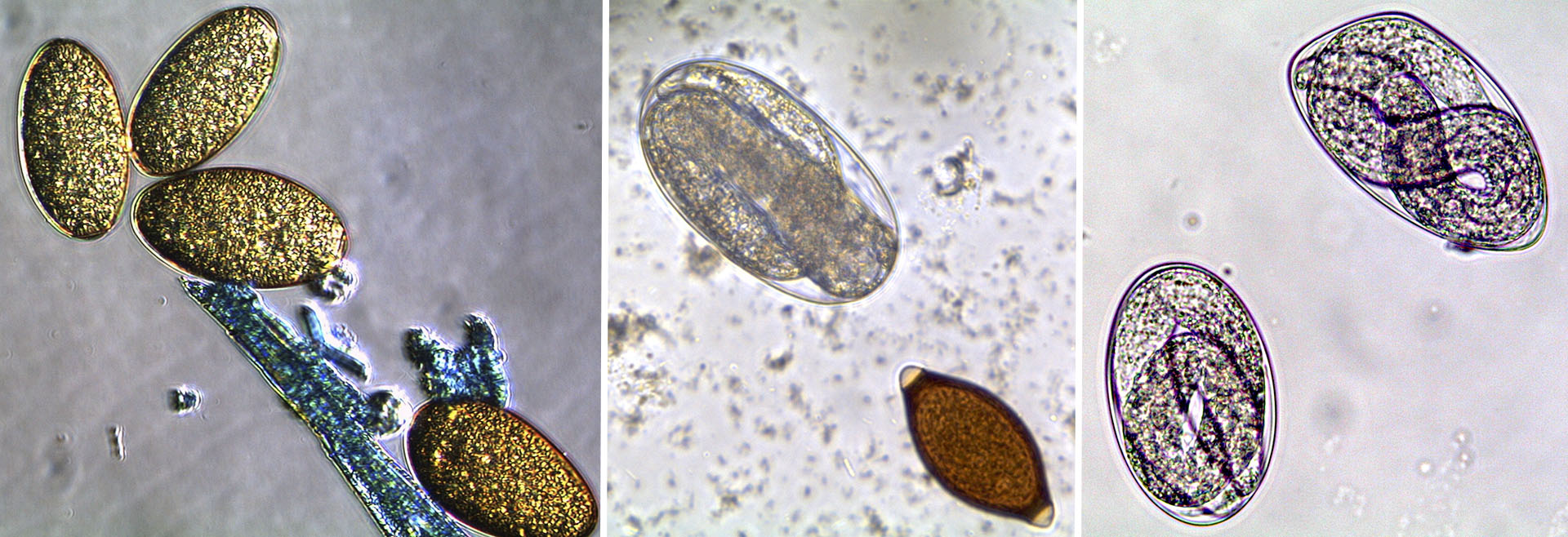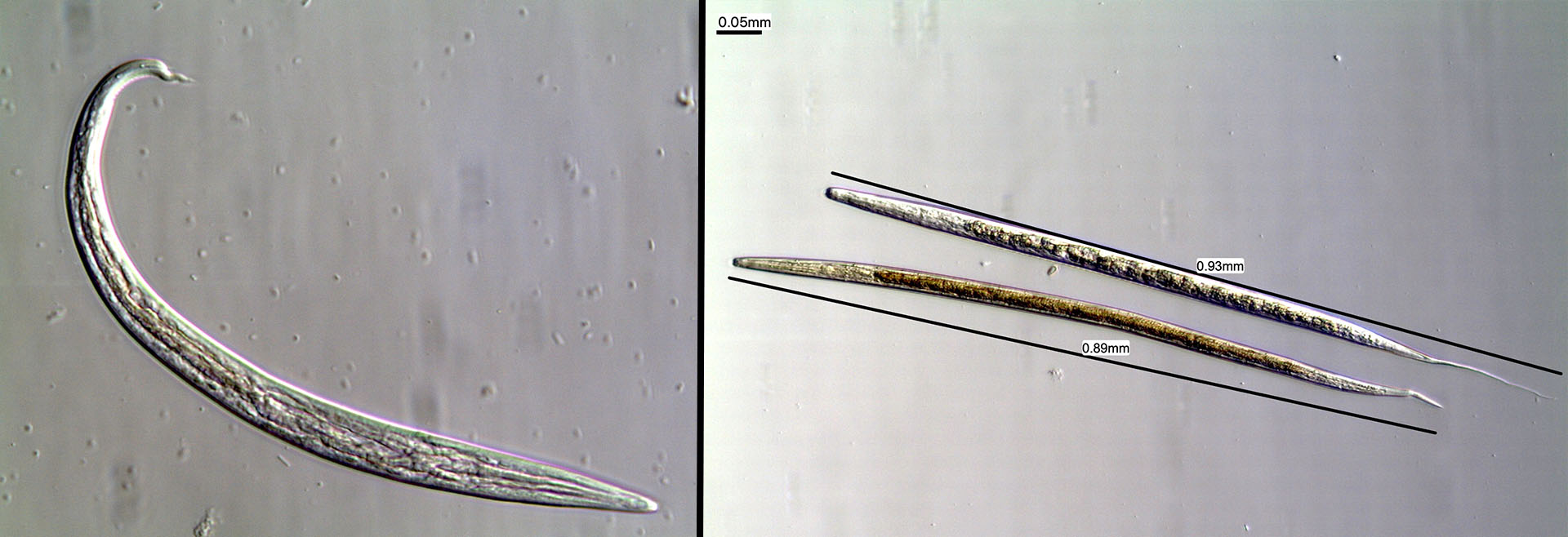Eimeriosis, or coccidiosis as it is also known, is a disease caused by protozoa of the genus Eimeria, belonging to the order Coccidia.
Coccidiosis is one of the most economically important diseases of sheep. Infections usually involve several species, most of which are harmless. Those considered most pathogenic and capable of causing clinical disease in the case of severe infections are Eimeria ovinoidalis and Eimeria crandallis.
Clinical coccidiosis is most common in lambs 4 to 8 weeks of age, and less common in animals older than 3 months unless they are debilitated. Animals become infected by ingesting the resistant form of the parasite, the oocysts, found in contaminated soil and surfaces. The oocysts are extremely resistant to dissection, low temperatures, and many disinfectants, and can survive for long periods of time, even during the winter. Inside the intestine, the oocysts release the infecting forms of the parasite, the sporozoites, which invade the intestinal cells where they multiply in several asexual reproduction cycles, giving rise to new oocysts. These emerge from the intestinal cells, causing them to rupture, and are eliminated to the outside in the faeces. The significant damage to the epithelial lining of the intestine causes diarrhoea that may contain mucus or blood. This is often accompanied by weakness, pain, weight loss, and sometimes death of the animals.
Animals in intensive grazing or confined areas are at greater risk due to the concentration of oocysts shed by other lambs and by adults with subclinical infections, which are primarily responsible for maintaining environmental contamination. On the other hand, overcrowding stress, feed changes and severe weather conditions also contribute to the worsening of the clinical picture.
The blue bar represents the percentage of stool samples positive for the presence of oocysts and the orange bar represents the percentage of negative stool samples.
O diagrama de caixa (box-plot) apresenta os resultados obtidos nos ovinos da raça Merina Branca e Merina Preta. A linha horizontal que divide a caixa indica o valor mediano de oocistos por grama de fezes (OoPG) observado, a linha inferior o valor mínimo e a superior o valor máximo. Os valores atípicos (outliers) são representados por um círculo.


















